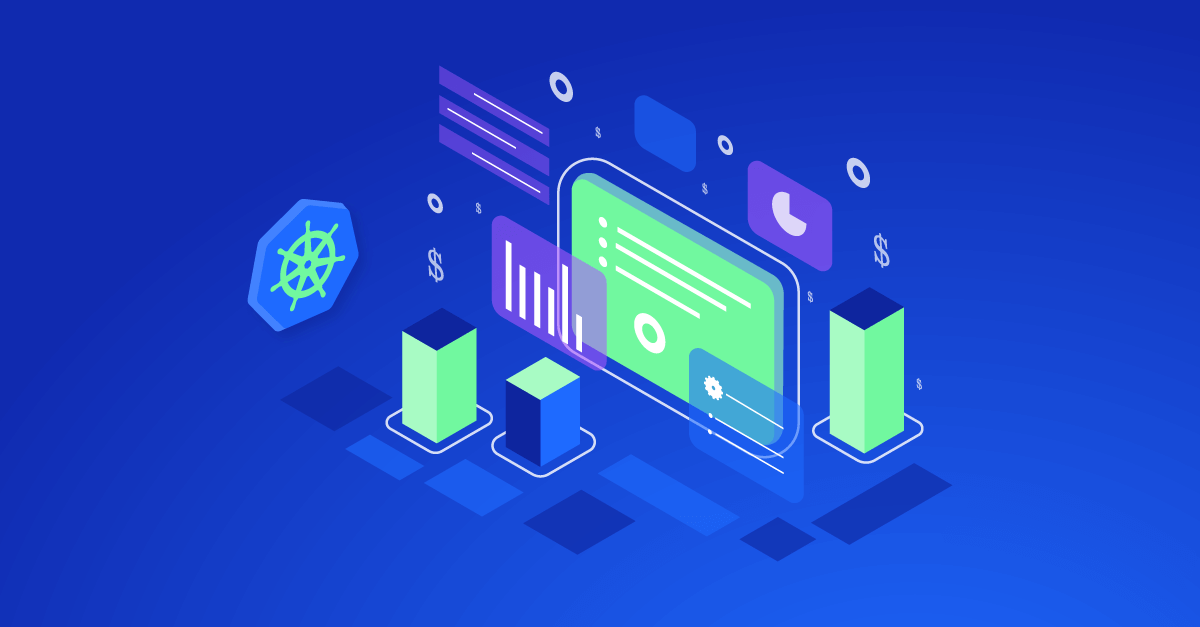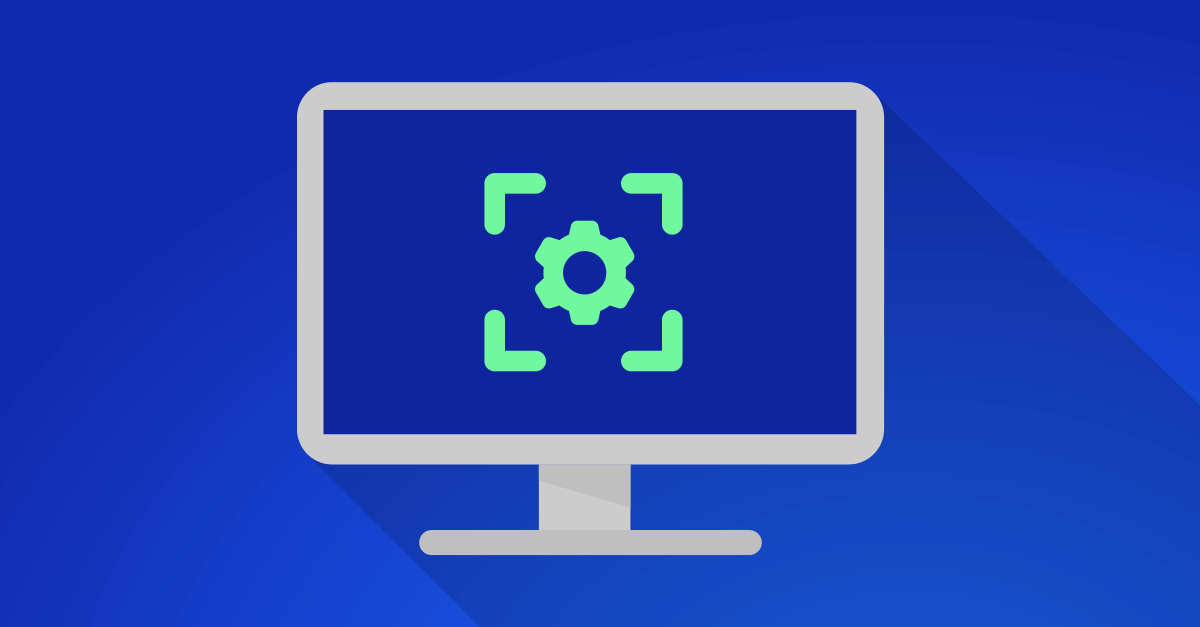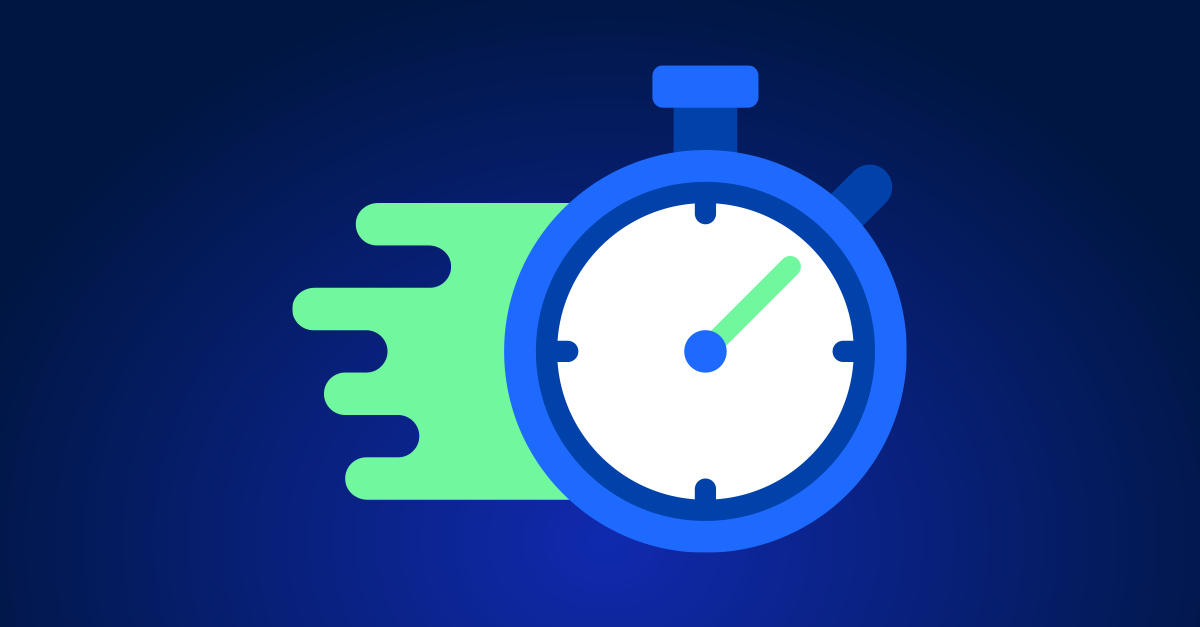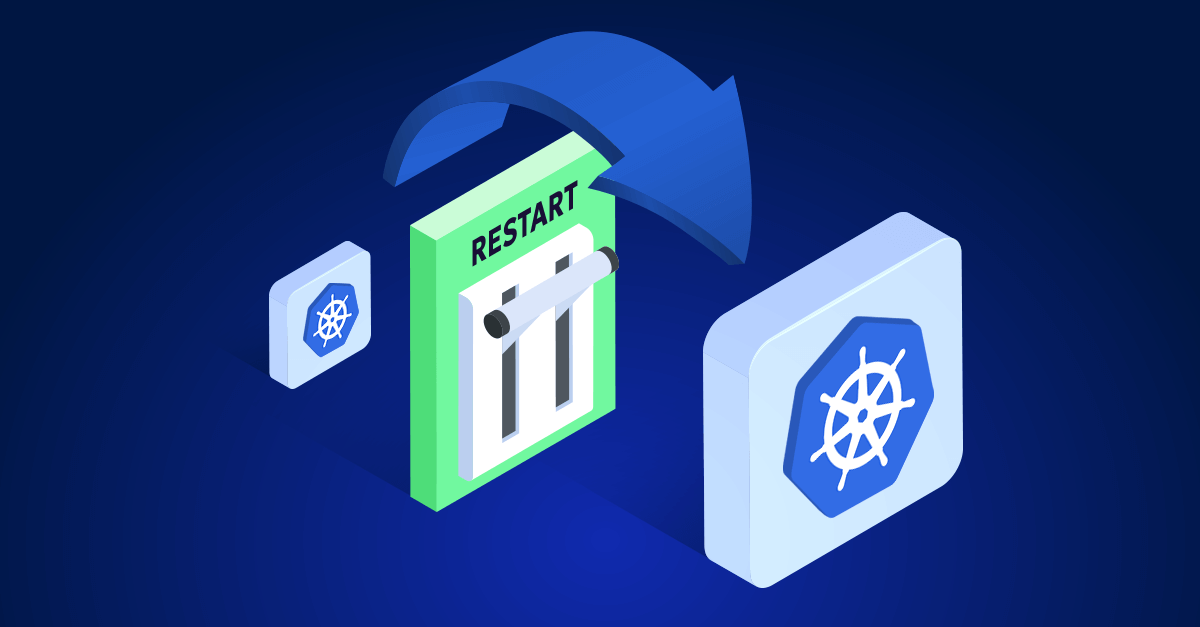Kubernetes has become the backbone of modern cloud-native applications. Its flexibility, scalability, and automation capabilities make it the preferred choice for managing containerized workloads. But with great power comes great responsibility—especially when it comes to cost. That’s why strategies and tools for Kubernetes cost monitoring and analysis are increasingly necessary.
Why Cloud Costs Can Get Out of Hand in Kubernetes
Ever checked your Kubernetes bill and thought, “Wait… how did it get this high?!” You’re not alone. Kubernetes is powerful, but its costs can skyrocket if you don’t keep an eye on a few key areas.
Unlike traditional infrastructure, where expenses are more predictable, Kubernetes introduces a level of complexity that can make cloud bills spiral out of control. Workloads scale dynamically, multiple teams share resources, and cost visibility often takes a backseat to operational priorities.
If left unchecked, Kubernetes spending can skyrocket due to overprovisioning, orphaned resources, and inefficient configurations. That’s why proactive cost monitoring and analysis are essential for keeping expenses in check without sacrificing performance.
How Kubernetes Architecture Impacts Costs
Understanding the Building Blocks of Kubernetes
To get a handle on Kubernetes costs, it’s important to understand the key components that make up a cluster:
- Nodes: The worker machines (virtual or physical) where containers run.
- Pods: The smallest deployable units, containing one or more containers.
- Controllers: Manage pod lifecycles and scaling (e.g., Deployments, StatefulSets).
- Services: Provide networking and load balancing between pods.
The Hidden Cost of Abstraction
Kubernetes simplifies application deployment by abstracting infrastructure management. However, this abstraction can also make it harder to track costs accurately. Since pods and containers constantly spin up and down, determining the exact resource consumption of an application isn’t always straightforward. Additionally, pods share nodes, which are ultimately the billable unit in the cloud. While workloads may seem independent at the pod level, their resource consumption affects the underlying virtual machines (VMs) or instances running the cluster. This makes it challenging to break down costs per application, as multiple teams or services might be consuming resources from the same node, leading to complex cost attribution issues.
Why is Cloud Billing in Kubernetes So Tricky
Public cloud providers (AWS, Azure, GCP) charge for Kubernetes usage in multiple ways, including:
- Compute: Billing for virtual machines, including per-second or per-hour pricing.
- Storage: Persistent volumes, block storage, and snapshots all add to the cost.
- Networking: Data transfer costs, inter-region communication, and load balancers.
- Managed Kubernetes Services: Fees for control plane management (e.g., AWS EKS, Azure AKS, GCP GKE).
Understanding these pricing models is the first step in avoiding waste and optimizing spending. However, cloud providers often have complex pricing structures that vary based on factors like regions, instance types, and discount programs.
How to Get a Clear Overview of Your Cloud Provider’s Pricing Model:
Your Cloud provider offers built-in cost tracking dashboards to help break down expenses of your Kubernetes usage:
Google Cloud Billing Reports (GCP)
Azure Cost Management + Billing (Azure)
The Most Common Cloud Cost Traps in Kubernetes
Here are some of the biggest culprits behind unexpected Kubernetes expenses:
- Overprovisioning: Allocating more CPU and memory than necessary.
- Underutilized Resources: Unused compute, storage, or networking capacity that still incurs costs.
- Forgotten Resources: Orphaned persistent volumes, idle load balancers, and outdated deployments.
- Misconfigurations: Poor scheduling, inefficient autoscaling, and lack of resource limits can all drive up costs.
How This Impacts Business and Engineering Teams
If Kubernetes costs aren’t carefully managed, organizations can face:
- Budget overruns that affect financial planning.
- Reduced operational efficiency due to wasteful resource usage.
- Conflicts between teams when it’s unclear who is responsible for the spending.
Finding the Right Balance: Performance vs. Cost
While reducing costs is important, it shouldn’t come at the expense of performance. The key is to fine-tune resource allocation so that applications run efficiently without wasting money.
Strategies to minimize costs in Kubernetes
Right-Sizing Your Workloads
Instead of guessing how much CPU and memory your applications need, use these strategies:
- Analyze historical usage data to identify trends.
- Leverage vertical and horizontal autoscaling to automatically adjust resources.
- Set resource limits and requests to prevent over-allocation.
Smarter Scheduling for Better Efficiency
Kubernetes’ scheduling capabilities help maximize resource utilization. Best practices include:
- Pod Affinity/Anti-Affinity: Grouping or separating workloads for efficiency.
- Taints and Tolerations: Ensuring workloads run on the right nodes (e.g., GPU-intensive tasks on GPU-enabled nodes).
- Node Selector: Assigning workloads to specific nodes based on labels to optimize resource allocation and ensure certain workloads run in designated environments.
Tracking Costs with Labels and Metadata
One of the easiest ways to improve cost visibility is by using labels and annotations in Kubernetes.
- Tag workloads with ownership labels (e.g.,
team=frontend,project=analytics). - Standardize naming conventions so teams can track costs easily.
- Integrate labels with cost monitoring tools to filter and categorize expenses.
Continuous Monitoring and Automated Reporting
Instead of waiting for surprises in your cloud bill, set up:
- Real-time dashboards using Prometheus and Grafana.
- Automated alerts for unexpected spikes in spending.
- CI/CD cost checks to prevent deploying expensive configurations.
Enforcing Cost Governance
To keep teams accountable, implement:
- Budgets and quotas at the namespace or cluster level.
- Chargeback/showback models so teams see their actual spending.
- Policy-based enforcement with Open Policy Agent (OPA) to restrict cost-heavy deployments.
Tools for Cost Monitoring and Analysis in Kubernetes
Effectively managing Kubernetes costs requires a combination of cost tracking, real-time monitoring, and automated optimization. Various tools, ranging from open-source solutions to advanced AI-driven platforms, provide different levels of cost visibility and efficiency improvements. Below, we compare key tools available for Kubernetes cost monitoring and optimization.
Cloud Native Tools
1. AWS Cost Explorer & EKS Cost Monitoring
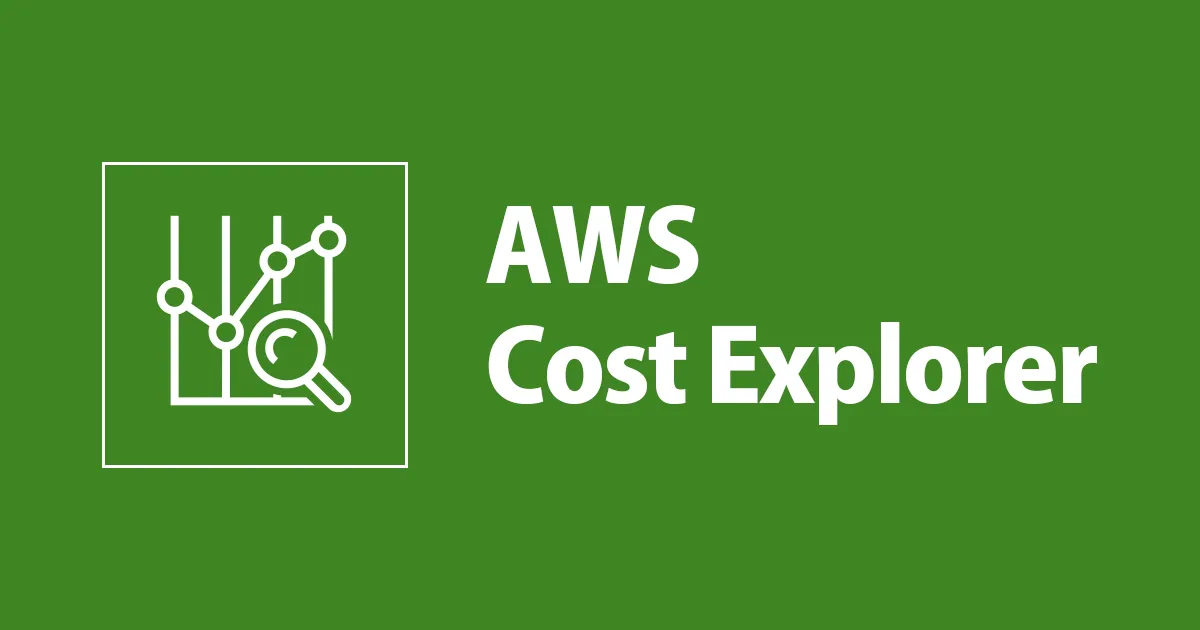
AWS provides Cost Explorer as a top-level service, integrating cost analysis with usage data:
- Detailed AWS service breakdown for compute, storage, and data transfer.
- Filtering and grouping by tags to track EKS cluster expenses.
- Recommendations for reserved instance (RI) purchases or savings plans.
2. Azure Cost Management for AKS
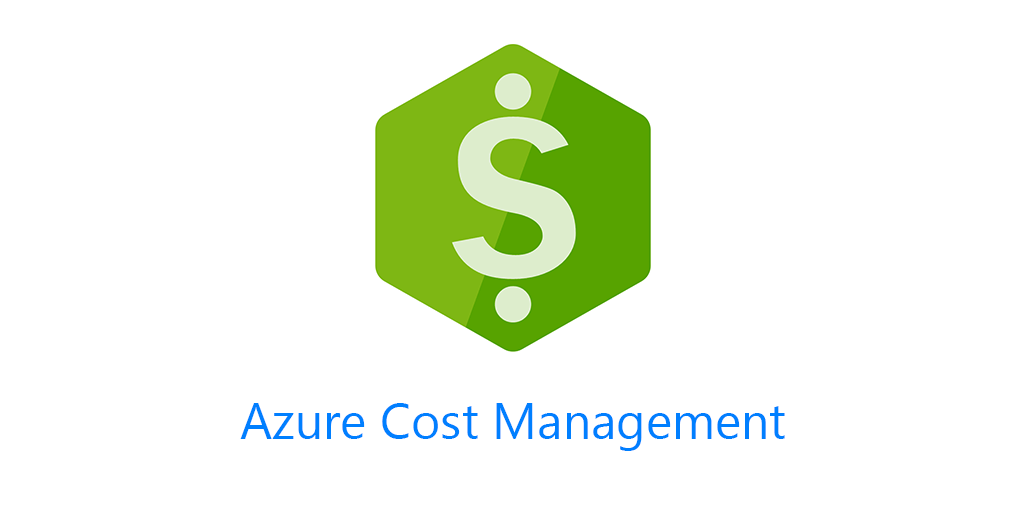
Azure offers a centralized cost management console that:
- Shows AKS resource consumption at a granular level.
- Allows budget creation and automated alerts for overspending.
- Integrates with Azure Monitor for a holistic view of performance and costs.
3. Google Cloud’s Cost Management for GKE
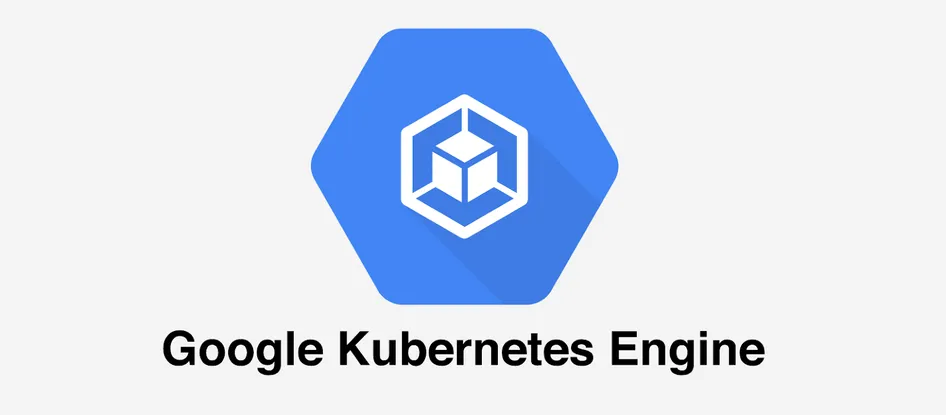
GKE users benefit from Google Cloud’s built-in cost analysis, including:
- Per-cluster cost breakdowns that detail compute, storage, and network charges.
- Forecasting tools leveraging machine learning to anticipate future spending.
- Integration with BigQuery for advanced analytics and custom reporting.
Open-Source Kubernetes Cost Monitoring Tools
4. Prometheus
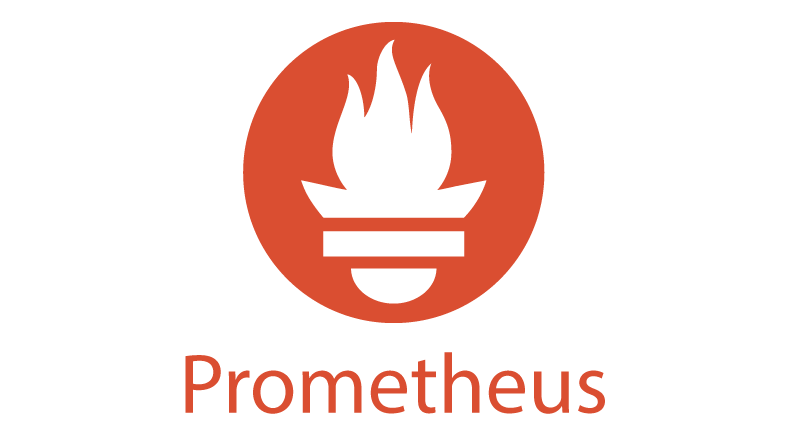
Prometheus excels at capturing metrics from Kubernetes clusters, but it lacks built-in cost attribution capabilities. While it enables teams to:
- Collect resource usage data (CPU, memory, and network).
- Configure alerts for cost-related anomalies.
Its primary focus is on performance monitoring rather than financial insights. To make Prometheus useful for Kubernetes cost monitoring, it requires integration with tools like OpenCost, which provide detailed cost breakdowns.
5. Grafana
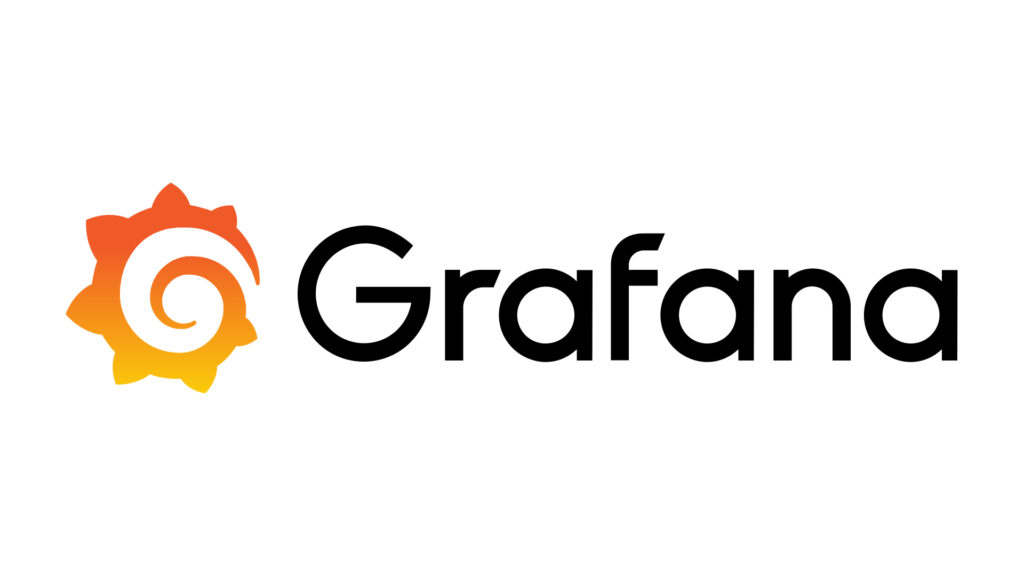
Grafana provides robust dashboard capabilities that allow teams to:
- Visualize trends over time.
- Build customizable dashboards for Kubernetes resource and cost monitoring.
However, Grafana alone does not provide detailed cost attribution. When paired with OpenCost or similar tools, it can help organizations track and analyze Kubernetes spending, providing insights into cost trends and optimization opportunities.
6. OpenCost
OpenCost is an open-source cost monitoring tool designed specifically for Kubernetes environments. Unlike Prometheus and Grafana, which focus on resource utilization, OpenCost provides real-time visibility into cloud spending by:
- Breaking down costs per namespace, deployment, and workload.
- Attributing cloud provider costs (compute, storage, networking) directly to Kubernetes resources.
- Integrating with Prometheus for historical tracking and visualization.
- Providing actionable insights for rightsizing workloads and optimizing costs.
🔹 When to Use OpenCost: If your goal is detailed cost attribution for internal financial reporting and tracking, OpenCost is a good starting point. However, it does not automate cost savings—teams must manually act on insights.
7. Karpenter

Karpenter is an open-source tool designed to automatically optimize Kubernetes node infrastructure. Unlike OpenCost, which tracks spending, Karpenter reduces costs by:
- Automatically provisioning and scaling nodes based on real-time workload demands.
- Choosing the most cost-efficient instance types, reducing reliance on overprovisioned nodes.
- Improving scheduling efficiency by terminating underutilized nodes and rebalancing workloads.
- Supporting spot instances, helping to reduce compute costs by leveraging AWS EC2 Spot pricing.
🔹 When to Use Karpenter: If you need automated infrastructure optimization to rightsize node allocations dynamically, Karpenter is a great addition. However, it does not provide cost attribution or insights, meaning you may need to pair it with OpenCost for full visibility.
Advanced Kubernetes Cost Monitoring Tools
8. Zesty Kompass
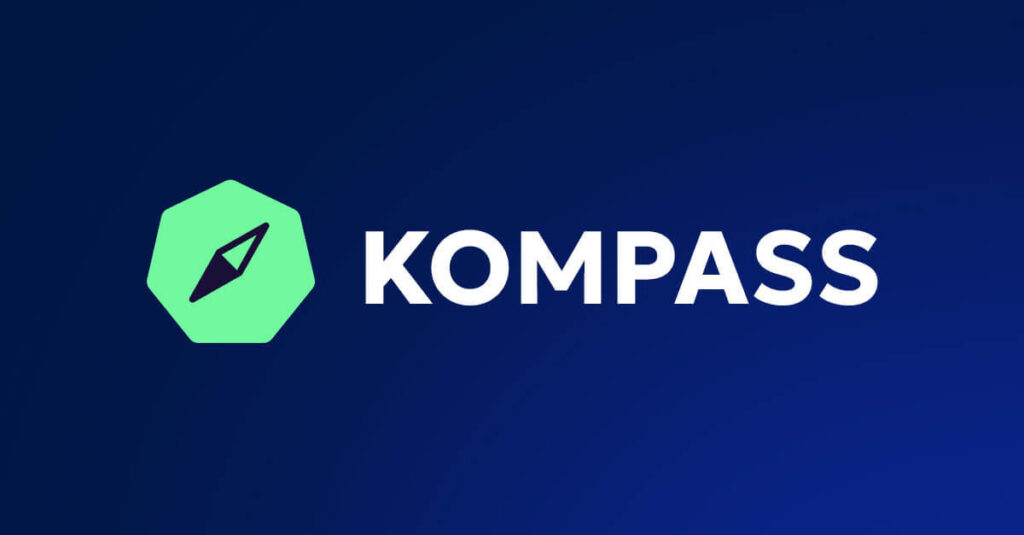
While open-source solutions like OpenCost and Karpenter provide valuable insights and automation, they lack deeper AI-driven cost optimizations. This is where Zesty Kompass comes in—an advanced cost optimization platform that goes beyond cost monitoring and node scaling by proactively improving efficiency in Kubernetes environments.
Features:
- Leverages the unique Hyperscale technology that automates hibernation for unused clusters: Unlike OpenCost and Karpenter, which only track costs or scale nodes, Zesty Kompass automatically hibernates unused Kubernetes clusters to eliminate wasteful spending.
- Boot Time Optimization (30 seconds): Traditional solutions do not optimize infrastructure boot times, leading to delays and inefficiencies. Zesty Kompass accelerates boot times to just 30 seconds, ensuring faster scaling while maintaining cost efficiency.
- Actionable Cost Optimization: Instead of just showing cost insights (OpenCost) or adjusting nodes (Karpenter), Zesty Kompass analyzes workload efficiency and recommends changes to internal KPIs (e.g., image sizes, scaling strategies) that directly reduce cloud spend.
- Works in Parallel with Karpenter: Unlike other cost optimization solutions that might replace existing tools, Zesty Kompass complements Karpenter, allowing organizations to retain the benefits of automated node provisioning while adding hibernation, boot-time acceleration, and deeper cost analysis. This means that Karpenter continues optimizing infrastructure in real time, while Zesty Kompass ensures even greater efficiency and cost reductions.
🔹 When to Use Zesty Kompass: If you need an end-to-end cost optimization platform that not only tracks and scales but also eliminates idle costs and improves workload efficiency, Zesty Kompass is the most advanced solution.
Comparison
| Tool | Primary Function | Best For | Key Limitations |
|---|---|---|---|
| Prometheus & Grafana | Monitoring resource consumption and performance trends | Observability and real-time alerts | No built-in cost attribution |
| OpenCost | Cost tracking and breakdown of Kubernetes expenses | Cost attribution and financial visibility | No automation or real-time cost optimization |
| Karpenter | Automated node provisioning and instance optimization | Reducing infrastructure costs through intelligent scaling | Does not track or attribute costs |
| Zesty Kompass | AI-driven Kubernetes cost optimization | Hibernating unused clusters, accelerating boot times, and workload efficiency improvements | Requires setup and integration with cloud infrastructure |
How to choose the right Kubernetes monitoring tool
1️⃣ If you need cost tracking and visibility: Start with OpenCost. It provides granular cost insights but requires manual action to optimize spending.
2️⃣ If you want automated node scaling: Use Karpenter to dynamically adjust Kubernetes infrastructure and lower compute costs.
3️⃣ If you need prescriptive cost reduction: Zesty Kompass is the most advanced alternative, offering automated cost savings through hibernation, boot-time optimization, and internal KPI analysis.
By combining these tools effectively, teams can gain full cost visibility, automate savings, and optimize Kubernetes workloads—all while maintaining performance and scalability.
Final recommendations for cost monitoring
- Start Small: Begin by labeling resources and setting up basic dashboards using open-source tools.
- Automate Monitoring: Integrate cost checks into CI/CD pipelines and enable real-time alerts for anomalies.
- Adopt a FinOps Culture: Encourage collaboration between finance, DevOps, and engineering teams to drive continuous cost optimization.
- Evaluate Advanced Solutions: Consider specialized platforms like Zesty for deeper analysis, automated savings, and governance policies tailored to large-scale Kubernetes environments.

